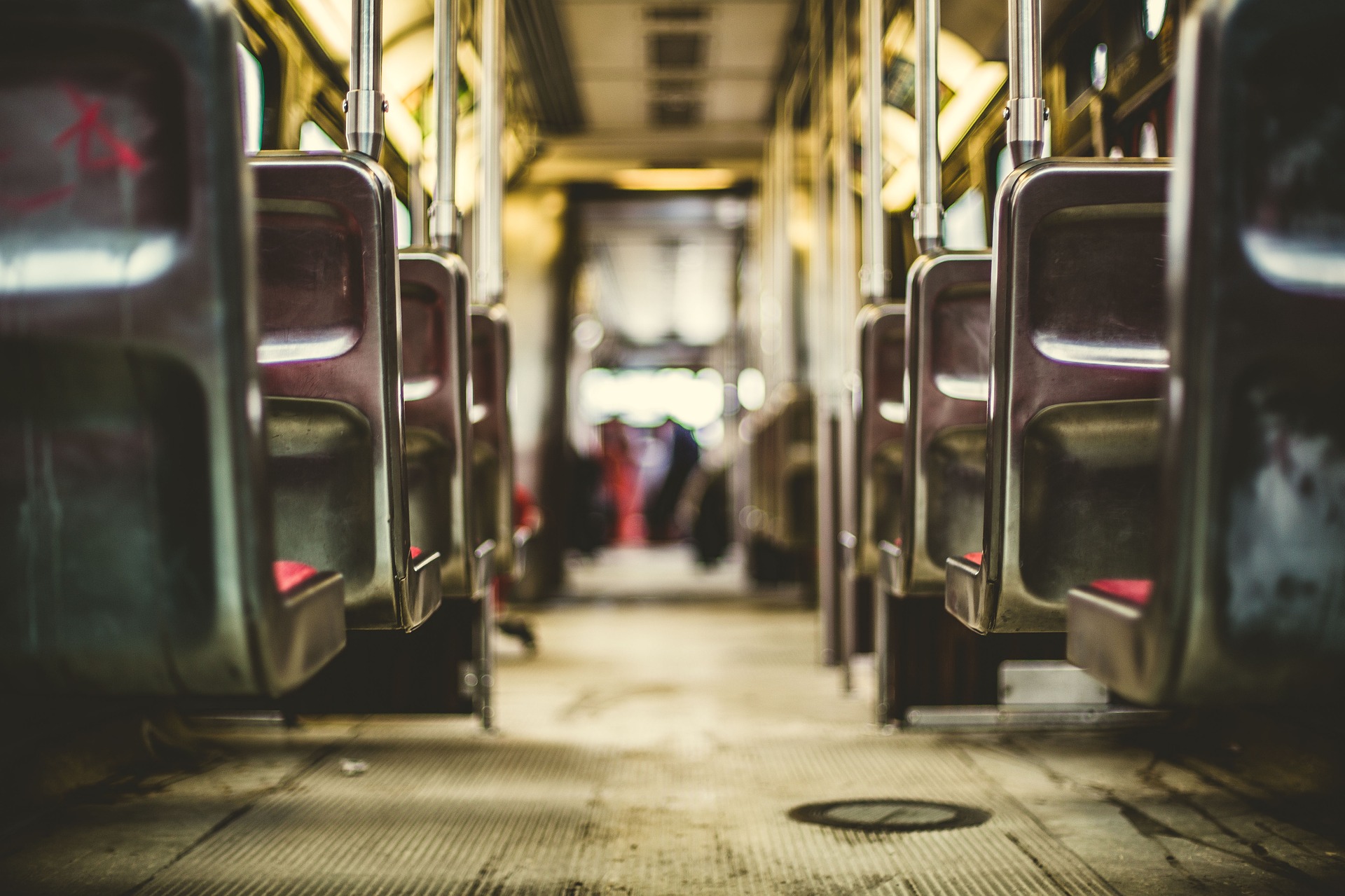Skip the Uber: Breaking the stigma of public transit
WISPIRG's Summer Program Associate Christina Zordani explores some Americans' negative associations with public transportation, and what it would take to overcome this stigma.

Do you have easy access to public transportation in your town? I’m from Lake Forest, IL, where the only form of public transportation is the Metra commuter rail to and from Chicago. Lake Forest is a relatively high-income suburb about 30 miles north of the city; many residents commute downtown each day, by car or rail, to work their 9-to-5 jobs. For everyone else — students (including at Lake Forest College), seniors, and others who don’t have access to a car — getting around in the region is very difficult. In my hometown and in many other suburbs, the most practical way to get from A to B is by car.
Transportation accounts for 29 percent of total greenhouse gas emissions in the U.S., and personal car travel is the largest sub-source of emissions within the transportation sector. To improve the quality of life in our communities and reduce harmful pollution that contributes to public health issues and climate change, we have to get fewer people to drive and more people to get around on foot, by bike, and by public transit.
In my experience, part of what is preventing more people from using transit is not only a lack of convenient public transit options in many parts of the country, but also that public transportation comes with a stigma for many Americans. Negative attitudes about public transportation are reinforced by bad policy decisions that make public transportation less effective, which in turn increases many Americans’ reluctance to ride the bus or the train.
Growing up in Lake Forest, I didn’t have much experience with public transit until I arrived on campus at UW-Madison. UW students receive free bus passes for the Madison area, so taking public transit seems like a no-brainer. One day, while hanging out with my Lake Forest friends on campus, we decided to go to Hilldale Mall, a shopping center about 2.5 miles from UW. I recommended we take the bus since it was free and convenient. That idea was quickly dismissed by the others, who opted to pay over $15 for an Uber instead. They joked about how they had never used public transit nor would they, because they could pay for private transportation.
This idea — that public transit is only for those who can’t afford a car — is reinforced by elected officials who often treat public transportation as a “welfare program,” and then prioritize investments that support driving. It’s no surprise that people might become more reluctant to use public transit if doing so is associated with “welfare,” especially considering the long history of social welfare stigma in the United States.
Owning a car, on the other hand, is considered by many to be a sign of wealth and independence. A car is a status symbol that indicates to your peers that you’ve “made it” in the world.
So how do we get rid of this stigma and get more people to embrace public transportation, for the benefit of our quality of life, the health of our communities, and the global climate? Changing deeply ingrained cultural notions and behaviors is difficult and will take time, but we know that smart policy decisions that make non-driving transportation options more attractive can help.
Seattle, for example, has seen an impressive increase in the number of transit commutes, specifically by bus, and a decrease of single-occupancy car commutes into downtown, thanks to smart transit investments. Laura Bliss at CityLab recently highlighted the city’s effective programs to “expand transit service, with new light rail stations, a revamped bus network, and a voter-approved transportation benefit district sprinkling transit stops within a 10-minute walk to more city residents.”
Some people say transit can’t work in the U.S. because of our sprawling suburbs — like Lake Forest. But when we look to Canada, we see more effective, more developed transit systems and higher transit ridership in our northern neighbor’s cities, including in the suburbs. Canadian cities and suburbs have done a better job at making transit available and effective, including in less densely populated areas.
If we provided better transit options and increased availability, then public transportation would become a more convenient, attractive alternative to driving. And this would help Americans overcome their stigma and finally get them to use public transit.
This is a guest post by WISPIRG Summer Program Associate Christina Zordani. Christina is a student at the University of Wisconsin-Madison, pursuing an undergraduate degree in Political Science and Environmental Studies. She is also a Varsity Athlete and a member of the UW Office of Sustainability’s Green Athletics Team.
